Gardeners know the joy of looking at a yard that has been newly planted with flowers, vegetables, ornamental grasses, shrubs, or trees. And nothing ruins that joy faster than coming outside to find that wildlife have nibbled on or even completely eaten your plants. It’s time-consuming and expensive to landscape your property. With that in mind, this page will help you identify which species is causing damage in your landscape so that you can better protect your plants.
Many species of wildlife will help themselves to fruits or vegetables from your garden given the opportunity. See below for more about rabbits, voles, deer and woodchucks. Ground squirrels and raccoons are often the culprits in garden damage situations. Birds may cause damage too—blackbirds and robins sometimes peck at fruits such as strawberries and tomatoes.
If foliage is being eaten, try sprinkling the leaves with cayenne pepper. The leaves will be most vulnerable when they first come up, so monitor the plants closely. You will have to reapply the mix after rain or after you have watered the garden. If the vegetable or fruit is being eaten, installing a mesh cage around the plant may work. If the damage is severe, you will have to fence the garden to keep wildlife out.
If you know which species is causing the damage, the links on this page will provide you with information about damage control methods. If you are not sure what type of animal is causing the damage, look for tracks or burrow holes to help identify the animal. The discover animal signs page has photos that can help in determining which species you are dealing with and strategies you can use to help prevent and control damage.
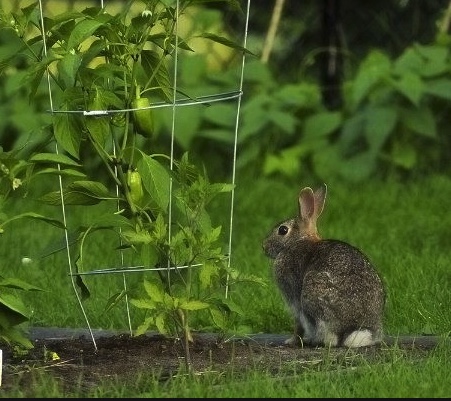
Photo: Dan Ludwig
Rabbits tend to make clean cuts when they browse on flowers and stems. The stems will often be clipped at a 45-degree angle and look like they have been cut with pruners. Damage is usually confined to lower than six inches above ground, but during periods of snow rabbits will climb snow drifts to feed higher on shrubs or tree sapling bark than they would normally be able to reach.
Rabbits will eat a wide variety of flowering plants, though favorites include tulips, lilies, beans, peas, beets, and the stems of roses, raspberries, and blackberries. Planting abundantly and fencing prized plants is the most effective deterrent against rabbit damage. Repellents can be effective in small areas if regularly reapplied.
Click HERE for more information about rabbit damage control methods.
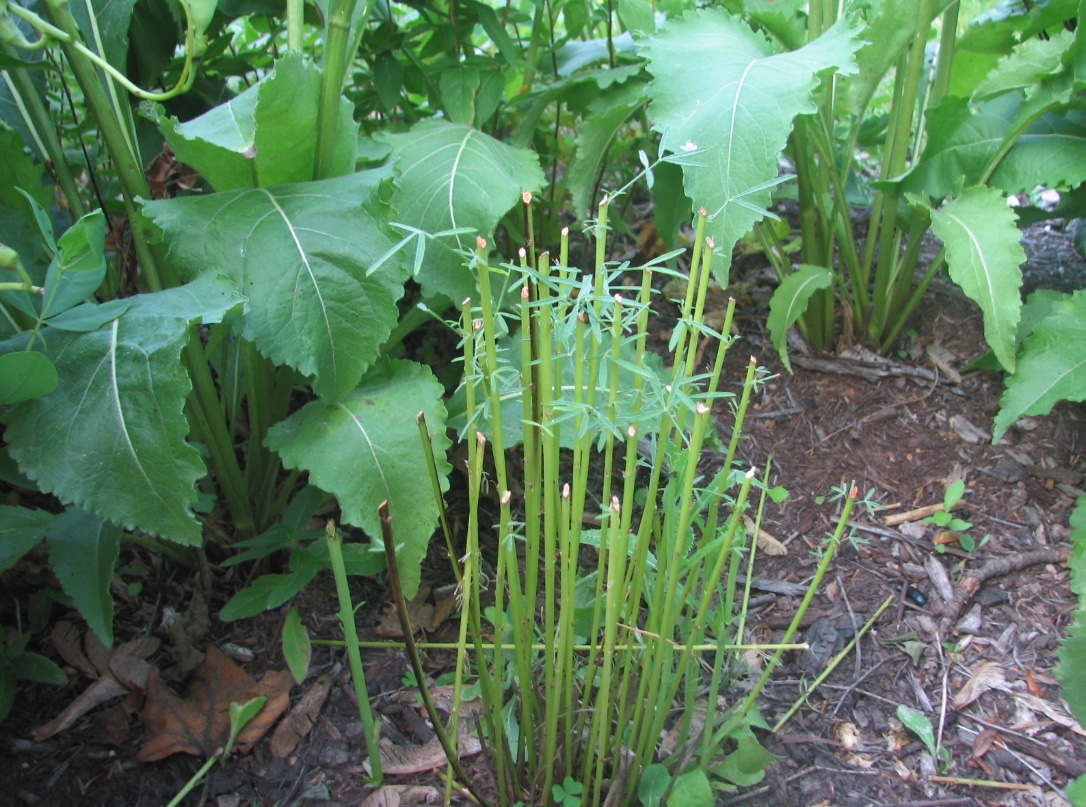
Photo: Dan Ludwig
Voles damage plants both above and below ground. Above ground, voles tend to cause damage to plants at or near the base. The damage they cause is typically less than four to six inches above ground, but during periods of snow they are able to feed higher on shrubs and small trees.
Voles are well known for the runways they make in lawns, but they also damage plants by eating bulbs and tubers underground. Voles spend a majority of their time underground and will eat plant roots, which can cause a plant not to thrive or even to die. Hostas seem to be a favorite.
Click HERE for more information about vole damage control methods.
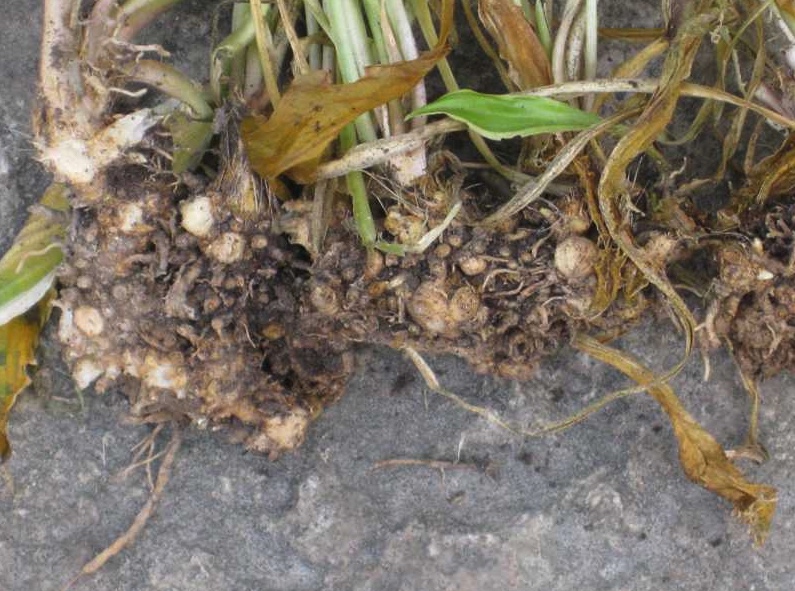
Photo: Missouri Botanical Garden
Deer do not have front incisors, so they do not leave clean cuts on plants like rabbits do. In cases where deer don’t pull out or eat the entire plant, which happens a lot, what remains of the plant has a torn or shredded appearance. Deer can also stand on their hind legs to feed, so damage can extend up six to eight feet.
Click HERE for more information about deer damage control methods.
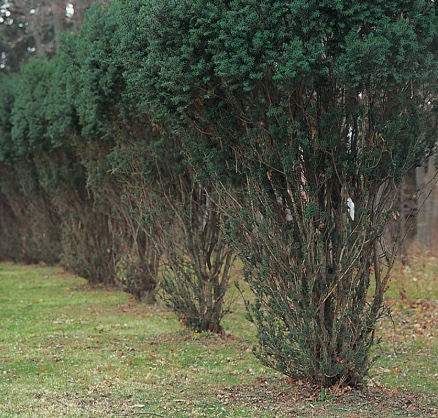
Photo: IDNR
Woodchucks eat a variety of plants. Grass that has been clipped down or vegetables in the garden with chunks missing are both indicators that a woodchuck is nearby. Woodchucks do not forage too far from their burrows, so finding several large burrow holes on the property is the most obvious sign that you are dealing with a woodchuck.
Click HERE for more information about woodchuck damage control methods.
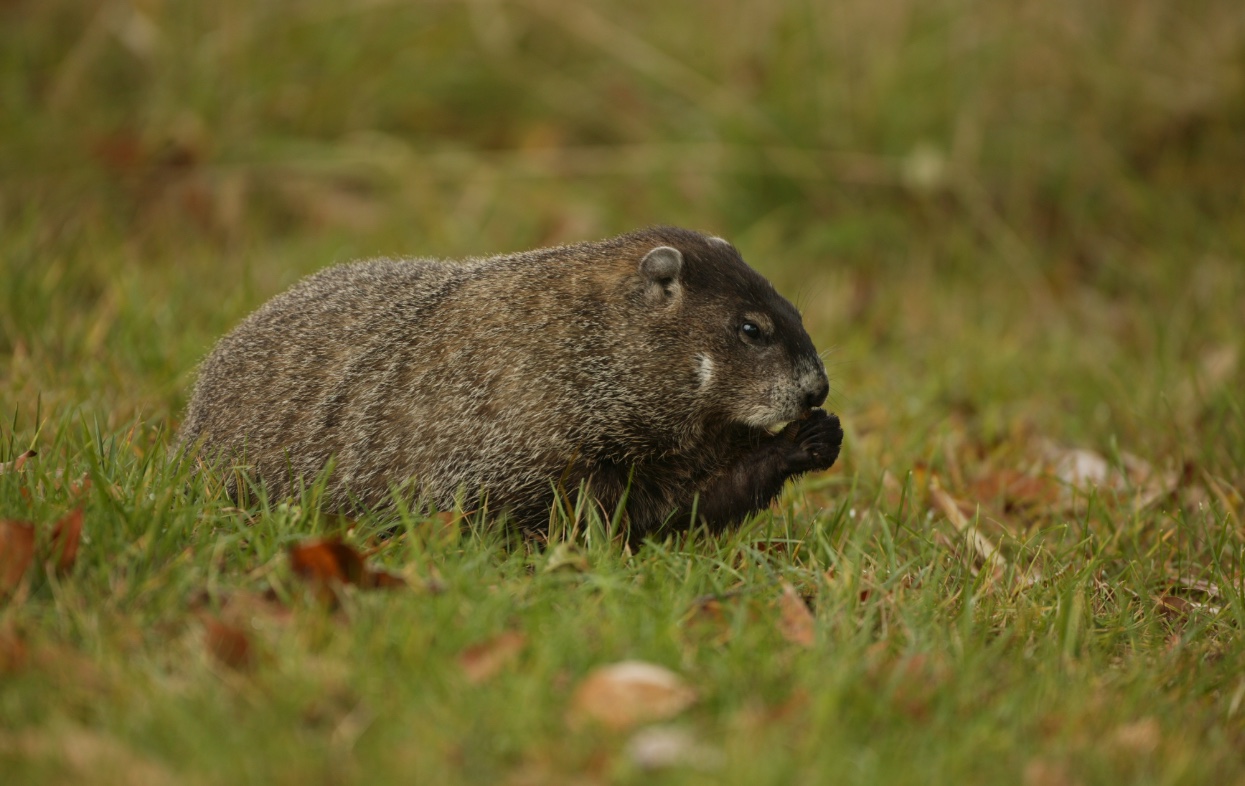
Photo: Adele Hodde, IDNR
The Wildlife Illinois website was authorized by the Illinois Department of Natural Resources (IDNR) in partial fulfillment of project W-147-T. The website was developed by the National Great Rivers Research and Education Center, 2wav, and the IDNR in partnership with the United States Department of Agriculture Animal and Plant Health Inspection Service Wildlife Services and University of Illinois Extension to provide research-based information about how to coexist with Illinois wildlife.